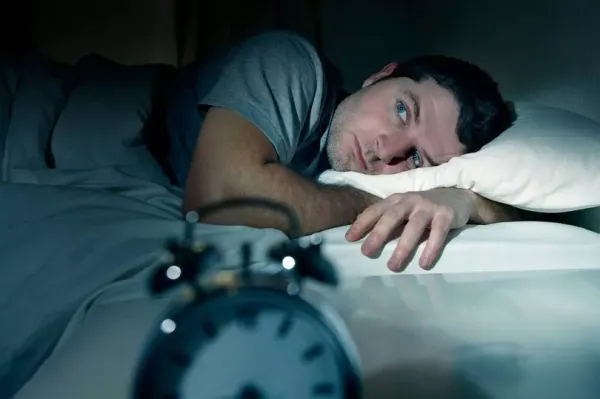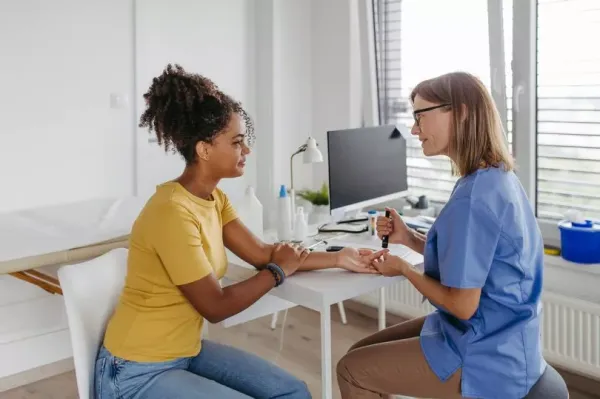
Type 2 diabetes, a long-term condition characterised by high blood sugar levels, is the most common form of diabetes. It occurs when the body doesn't use insulin effectively or the pancreas doesn't produce enough insulin.
If you have a family history of type 2 diabetes, your risk of developing it increases. Other risk factors include being overweight, leading a sedentary lifestyle, and consuming too much sugar, fat, and salt.
Treatment for type 2 diabetes often involves dietary changes, prescribed medication, and regular check-ups and blood tests. If left untreated or undiagnosed for a prolonged period, it can lead to eye problems such as cataracts and light sensitivity, skin and foot infections, heart attacks or strokes, kidney damage, and nerve damage.
READ MORE:
READ MORE:
Diagnosis of type 2 diabetes requires a blood test. Many people live with type 2 diabetes without knowing it because they may not recognise or overlook the symptoms, which can include:
Common warning signs of type 2 diabetes can appear at any time, but three are more likely to occur or worsen during sleep. According to a recent YouGov sleep study, the average bedtime for UK adults during the working week is around 10.43pm, reports .
Brits generally wake up at 6:47am, but many hit the snooze button, and the most common wake-up time is between 7-8am. But of course bedtimes vary according to age, gender, and other factors.

Between these times, three symptoms can disrupt nighttime routines and sleep. Although they may seem insignificant, if you experience them frequently, it could be your body sending you a signal.
Three night-time symptoms to watch out for include excessive urination, waking up with a headache, and increased thirst. states that high blood sugar levels, or hypers (short for hyperglycaemia), can also impact sleep.
Their website notes: "When blood sugar levels are high, it can increase the number of times you go to the toilet, which can interrupt your sleep. High blood sugar levels can also cause symptoms such as feeling thirstier and having a headache and might make it harder to get straight back to sleep."
Nocturnal hypoglycemia, or nighttime hypos, are common among people who treat their diabetes with insulin. Symptoms often become apparent only upon waking up from a hypo.

According to Diabetes.co.uk, while nocturnal hypoglycemia is most common among insulin users, "it can also occur for people who take oral anti-diabetic drugs". Other nighttime signs of type 2 diabetes may include:
The advises: " can help you find out your risk. You can enter information including your ethnicity, age, height, weight and waist measurement, and it will give you an assessment of your personal risk of developing type 2 diabetes and advice about next steps."
If you have any symptoms of type 2 diabetes or you're concerned you may be at a higher risk, make an appointment with your GP. Early identification and treatment of diabetes is crucial as it can reduce the likelihood of further health complications.
There's plenty of information and assistance out there for managing type 2 diabetes, though some resources may vary based on your location. If you're looking for tips specifically for type 2 diabetes, the NHS offers an online course. Anyone aged 18 and older residing in England can register for it without needing a referral.